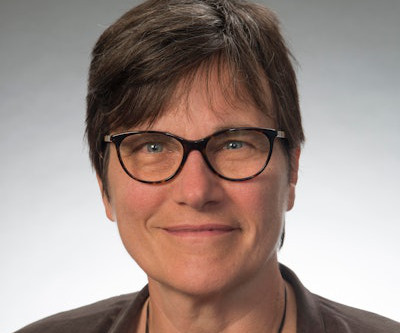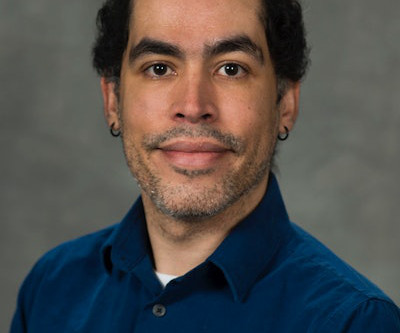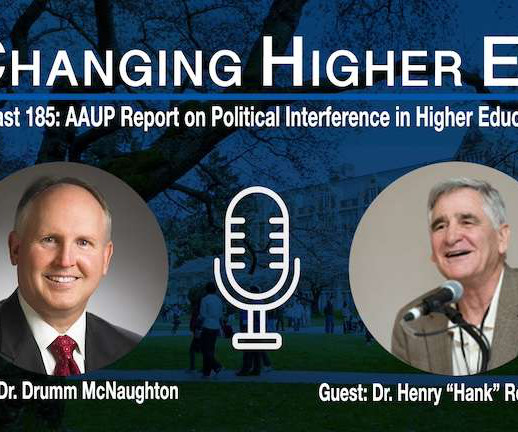Morgan State University’s Bold Journey Toward Elite R1 Research Status
Diverse: Issues in Higher Education
MAY 14, 2025
Reece Winmond, a senior who is majoringin electrical engineering, nailed the answer during animpromptu interview. "A The idea was to develop a tool that would enable Morgan State leaders to use data to reverse engineer as one of the schools PR hacks put it the process of achieving R1 status. It was a smart system, May explains.



















Let's personalize your content